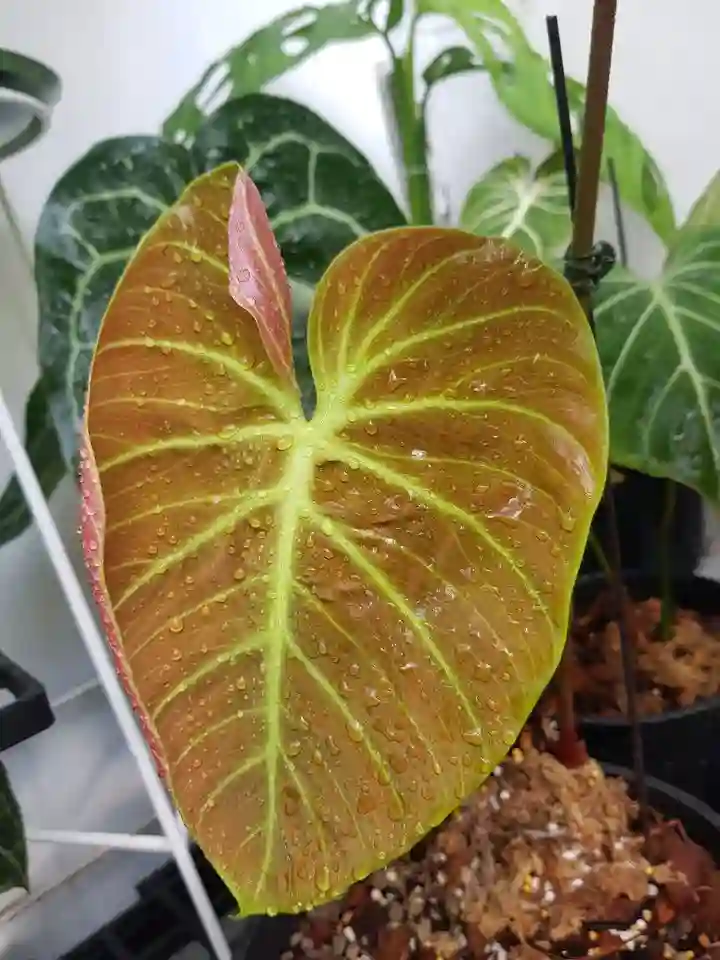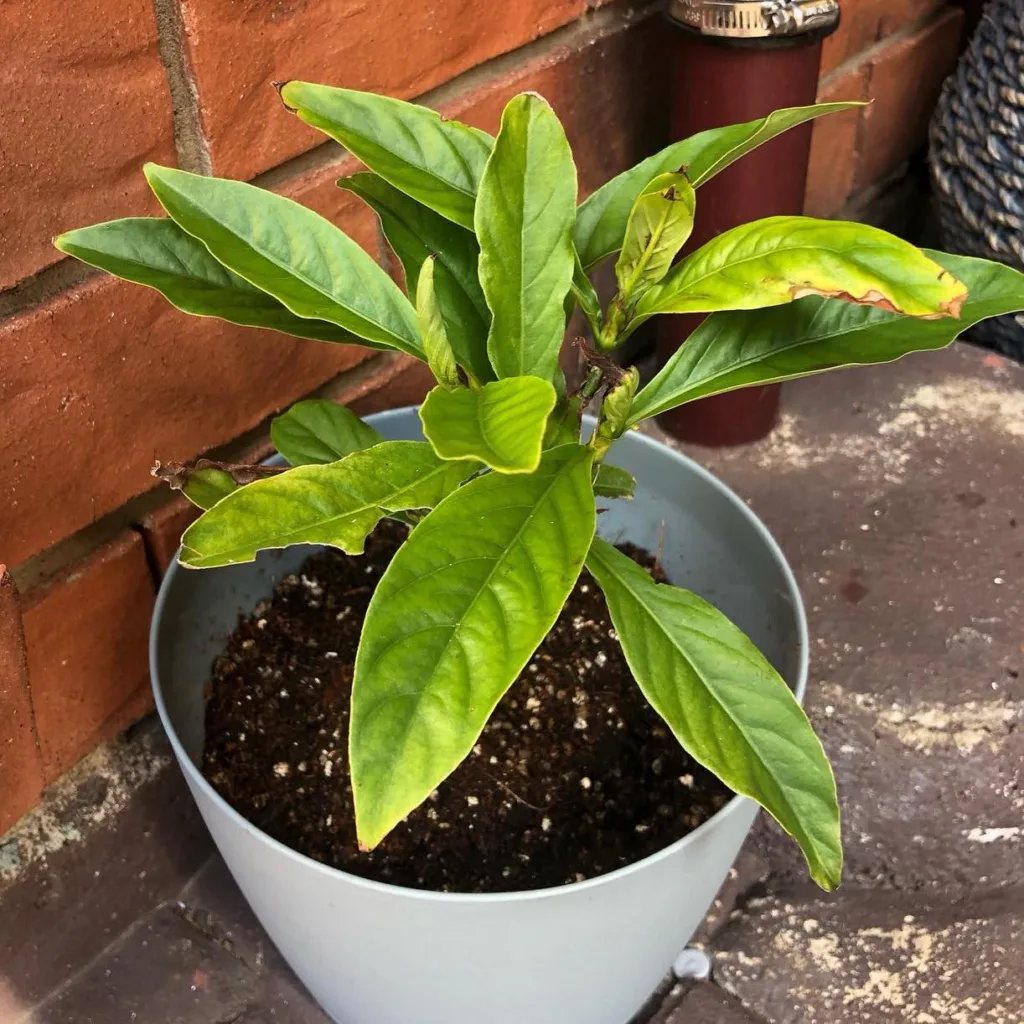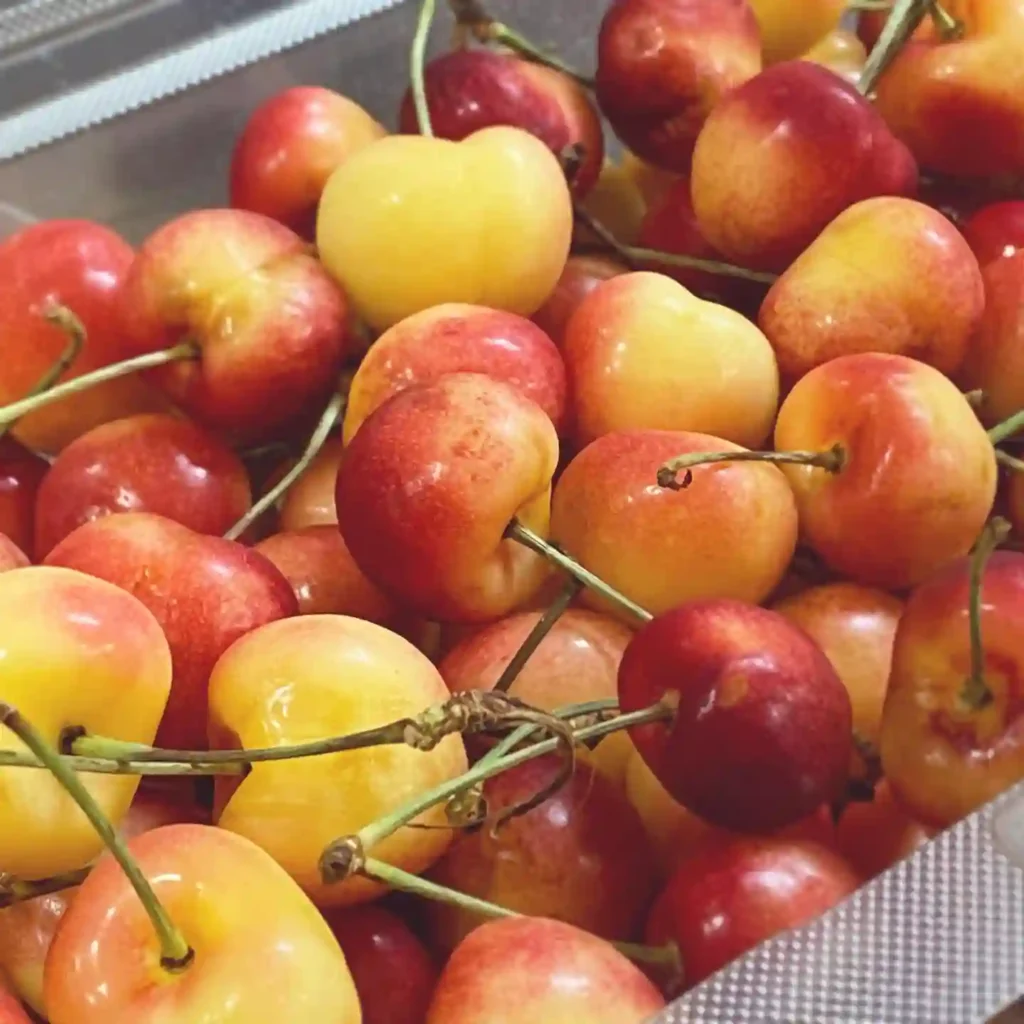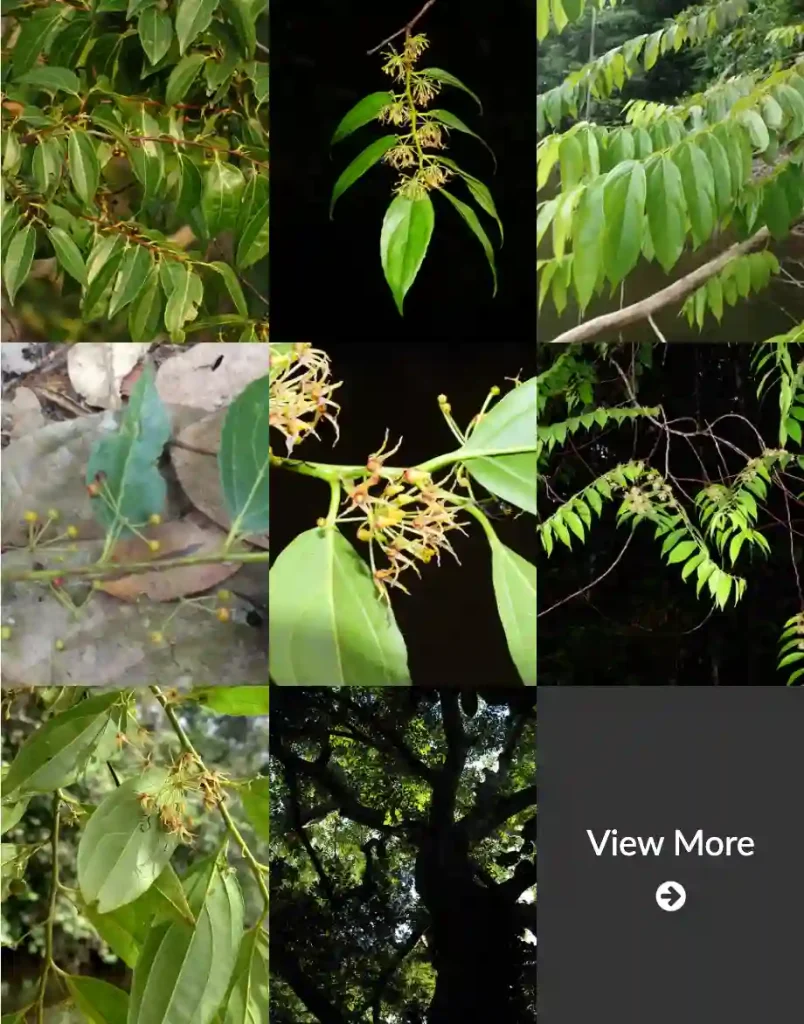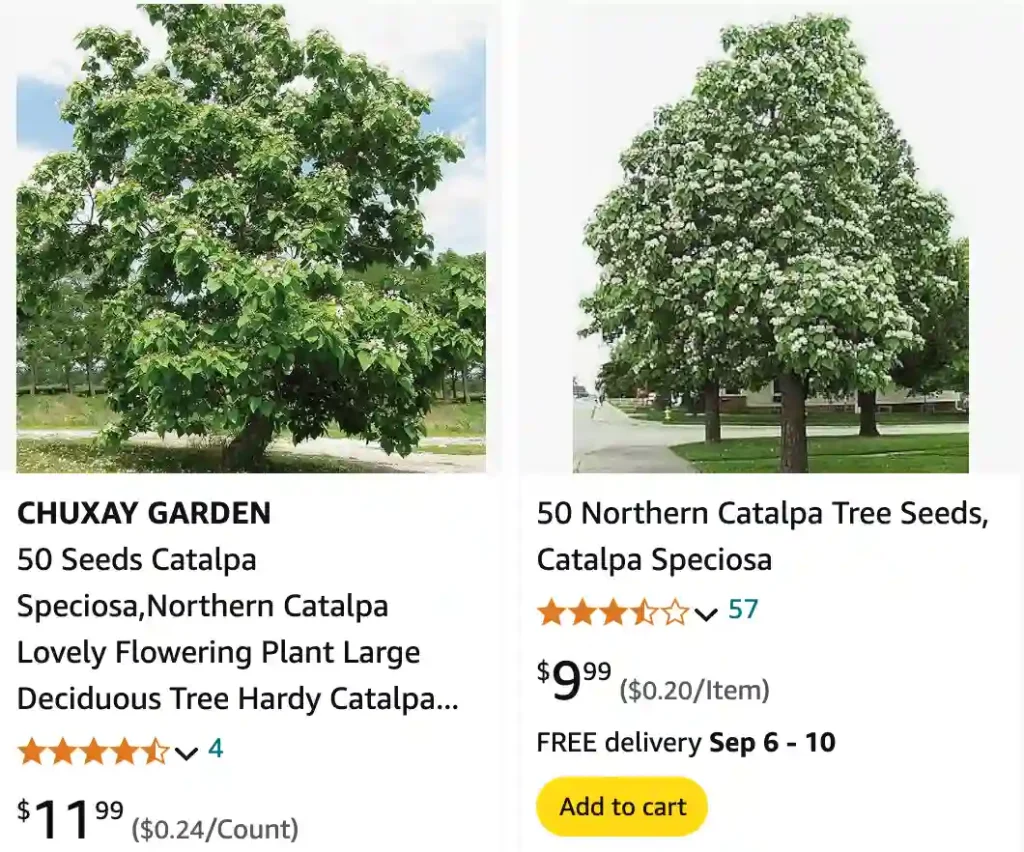
FAQs About Catalpa Speciosa
As a gardening enthusiast with a particular interest in unique and lesser-known plants, I often get asked about Catalpa Speciosa. This tree, also known as the Northern Catalpa, has some fascinating attributes that make it a popular choice for landscaping. Here’s a deep dive into some frequently asked questions about Catalpa Speciosa.
8 Species in Genus Catalpa
What is Catalpa Speciosa?
Catalpa Speciosa is a large deciduous tree native to the central and eastern United States. It is known for its strikingly large, heart-shaped leaves and showy white flowers with purple and yellow markings. This tree can reach up to 60 feet in height and has a broad, rounded canopy. Its seed pods, which can be up to 20 inches long, give it a distinctive appearance throughout the year.
Is Catalpa Speciosa Native to Colorado?
Catalpa Speciosa is not native to Colorado. Its natural range includes areas from the Midwest to the Southeastern U.S., with a strong presence in states like Illinois and Indiana. While it can be grown in Colorado’s climate with proper care, it’s not a native species to the state.
Where Do Catalpa Speciosa Grow?
Catalpa Speciosa thrives in a variety of soil types but prefers well-drained, fertile soils. It is commonly found in forests and woodlands in its native regions, where it enjoys full sun to partial shade. In landscapes outside its native range, such as Colorado, it may need some extra care to adapt to different soil conditions and climates.
How to Care for Catalpa Speciosa?
Caring for Catalpa Speciosa involves a few key practices:
- Location: Plant it in full sun to partial shade.
- Soil: Ensure well-drained, fertile soil. It’s tolerant of different soil types but thrives in loamy soils.
- Watering: Regular watering is important, especially during dry periods. However, it’s relatively drought-tolerant once established.
- Pruning: Prune to maintain shape and remove any dead or diseased branches.
How to Propagate Catalpa Speciosa?
Catalpa Speciosa can be propagated from seeds or cuttings.
- Seeds: Harvest seeds from the pods in the fall. Soak them in water for 24 hours before planting. Sow the seeds in a seed tray with well-drained soil and keep them moist until they germinate.
- Cuttings: Take semi-hardwood cuttings in late summer. Dip the cuttings in rooting hormone and plant them in a moist, well-drained medium.
Is Catalpa Speciosa Toxic?
Catalpa Speciosa is not highly toxic but should be approached with caution. Its seeds and pods contain compounds that can be mildly toxic if ingested in large quantities. For pets and small children, it’s wise to keep them away from these parts of the tree to avoid any potential issues.
Is Catalpa Speciosa Safe for Animals?
While Catalpa Speciosa is not considered highly toxic, it can cause some mild gastrointestinal upset if consumed in significant amounts. Most animals will avoid eating parts of the tree due to its bitter taste, but it’s still a good idea to monitor pets and prevent them from chewing on the leaves or pods.
Is Catalpa Speciosa Wood Safe for Reptiles?
The wood of Catalpa Speciosa is generally considered safe for reptiles. It is non-toxic and does not contain harmful chemicals that could affect reptiles. However, it’s always best to provide a variety of natural substrates and avoid over-relying on a single type of wood.
Where to Buy Catalpa Speciosa?
You can find Catalpa Speciosa at various nurseries and garden centers, particularly those specializing in trees and larger plants. Online retailers and specialty plant shops also offer this tree. When purchasing, ensure you are buying from a reputable source to get a healthy, well-grown specimen.
Catalpa Speciosa vs Bignonioides
Catalpa Speciosa and Catalpa Bignonioides, also known as the Southern Catalpa, are often confused due to their similar appearance. Here are some key differences:
- Native Range: Catalpa Speciosa is native to the central and eastern U.S., while Catalpa Bignonioides is native to the southeastern U.S.
- Leaf Size: Catalpa Speciosa typically has larger leaves compared to Catalpa Bignonioides.
- Flowers: The flowers of Catalpa Speciosa have a more pronounced purple and yellow marking compared to the Southern Catalpa’s flowers.
What to Plant with Catalpa Speciosa?
Catalpa Speciosa pairs well with various companion plants, including:
- Shade-Tolerant Plants: Hostas and ferns can thrive under the canopy of Catalpa Speciosa.
- Ground Covers: Creeping thyme or pachysandra can complement the base of the tree.
- Colorful Shrubs: Consider planting ornamental grasses or flowering shrubs like daylilies to add visual interest.
Common Problems with Catalpa Speciosa
Some common issues with Catalpa Speciosa include:
- Pests: Watch for caterpillars and scale insects, which can affect the tree’s health.
- Diseases: Root rot can occur in poorly drained soils.
- Maintenance: Regular pruning and monitoring for pests will help maintain its health and appearance.
In summary, Catalpa Speciosa is a versatile and visually striking tree that can make a great addition to various landscapes, provided it’s given the right care. Whether you’re considering it for its unique beauty or its role in the ecosystem, it’s worth exploring this magnificent species further.
If i die, water my plants!
